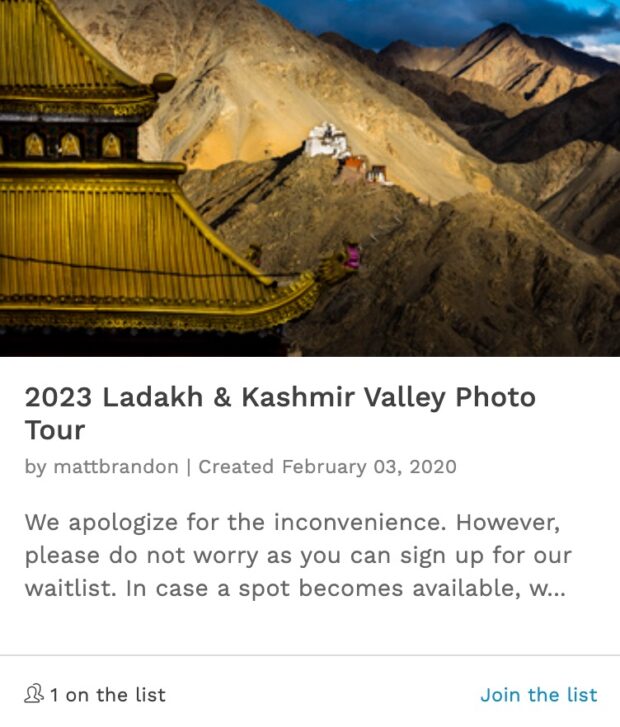

What Makes a Photograph Compelling? Tension, Context, and Curiosity
A Kolkata rickshaw puller rests amidst the bustling city, highlighting the contrast between traditional manual labor and the surrounding modern transportation.
Recently, while updating my portfolio on my gallery site, I noticed a recurring theme in my favorite images—they all contain an element of contrast. These images provide just enough visual information to invite curiosity, allowing the viewer to “fill in the gaps.” This concept is tied to what behavioral economist George Loewenstein calls the “gap of knowledge.” According to him, curiosity arises when we perceive gaps in what we know. It makes sense—this is exactly how a good mystery works. We stay engaged because we want to find out who committed the crime. However, if the gap is too large, the story becomes confusing or unsettling; if it’s too small, the story becomes mundane. The key is finding that sweet spot to maintain interest.
The same principle applies to photography. Some argue that a single image cannot tell a complete story because a story traditionally has a beginning, middle, and end. I tend to agree. However, an effective image can still evoke a sense of narrative by encouraging the viewer to ask, “What is happening here?” If all the answers are present in the photo, it risks being too obvious. Conversely, if the image is too abstract or unfamiliar, the viewer may simply move on, uninterested.
Take, for example, this image of a rickshaw puller in Kolkata. When I first saw him, he was resting on his rickshaw, taking a much-needed break. What struck me was the contrast—while he sat there catching his breath, more modern, automated forms of transport rushed past him. I wanted to capture this juxtaposition. To do so, I used a technique called “dragging the shutter.” I shot at 1/10 of a second with rear curtain sync, allowing the moving subjects to blur while the rickshaw puller remained sharp. This technique helped convey the contrast between old and new, manual and automated. In some ways, this is one of the few images I have that comes close to telling a complete story.
However, the story wouldn’t be clear without context. The presence of the hand-pulled rickshaw alongside the modern yellow taxis fills in the details, giving the viewer enough information to understand the tension in the image.

A woman sits outside the Shah-e-Hamdan Shrine in Kashmir, with the sign indicating restricted access, underscoring the cultural and gender dynamics at play.
Another example is the photograph of a woman sitting in front of the Shah-e-Hamdan shrine in Kashmir. I shot both vertical and horizontal versions, but in each, I knew I had to include the sign. If I cropped it out, the image would lose its impact. The sign provides crucial context—it tells us that, due to religious customs, women and non-Muslims are not allowed beyond that point. Without it, we lose the underlying tension. Tension is an essential element of storytelling, as it creates a dramatic arc. There’s nothing like conflict to pull the viewer through a story. In this case, the juxtaposition of the woman and the sign creates that tension.
For Western viewers, this restriction may seem unfair, adding another layer of tension. For Muslim viewers, the sign may simply represent a cultural norm. Either way, the image prompts a reaction. If you’re a Muslim reader, I’d love to hear your perspective on this.
In both of these images, my goal wasn’t to impose a moral stance or push a personal narrative. Instead, I aimed to present things as they are and let the viewer decide. Am I unbiased? Many photojournalists claim to be, but I’m not sure that’s entirely possible. Everything we experience shapes how we see the world and, in turn, how we capture it. However, we can strive for greater objectivity by including more context. The more context an image provides, the less my personal bias dictates the story.
There’s much more to explore on this topic, but I’ll leave you with this thought: great storytelling—whether through photography or writing—thrives on contrast, tension, and just the right amount of missing information to engage the viewer’s curiosity.
If you’re inspired by the power of storytelling through photography and eager to enhance your skills, consider joining us for an unforgettable experience. From September 12 to 20, 2025, we are hosting an immersive photography workshop in Sumatra, Indonesia, focusing on the vibrant Pacu Jawi tradition and the rich culture of the Mentawai people. This workshop offers a unique opportunity to capture compelling narratives and refine your photographic techniques in extraordinary settings. Spaces are limited, with only one spot remaining. Secure your place today and embark on this remarkable journey with us.











